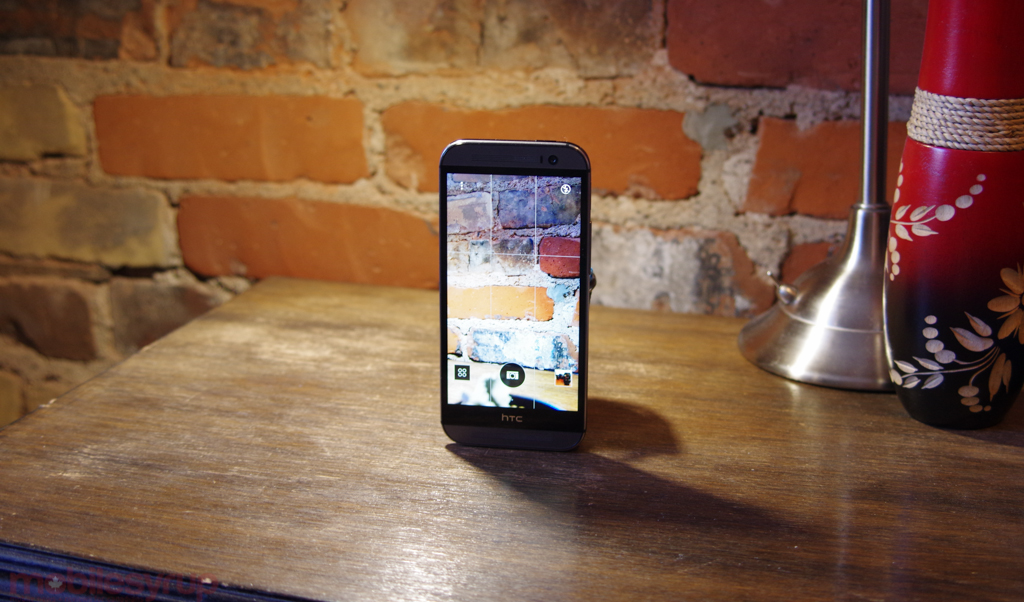
This was a big year for me. But enough about me, let’s talk about material things.
No, seriously, this was a big year for me because we added two wonderful people to the MobileSyrup roster, who add so many dimensions to our daily coverage. We started a podcast, something I’ve wanted to do for years (and it just happened to coincide with the year podcasts went big).
We doubled down on smart, thoughtful longform writing, and maintained our commitment to writing the best reviews.
We went through a pretty divisive redesign, too, of which we’re still feeling the lingering effects. There’s a lot more news on that front coming in early 2015, too, so stay tuned.
But, being a gadget site, I spent the year using a lot of stuff. One thing that struck me was how good most phones are; it’s easy to take that fact for granted when you forget just how problematic devices were just a few years ago.
What also struck was how similar 2014 was to last year, too. In February, I wrote that 2014 was going to be the year of the boring smartphone, and was proven correct. There were untold excellent devices released this year, but with wearables becoming the fulcrum of many companies’ product strategies, smartphone releases became, well, obvious.
There were a few standout gadgets, apps, services and trends that I loved this year, so let’s take a look.
Devices
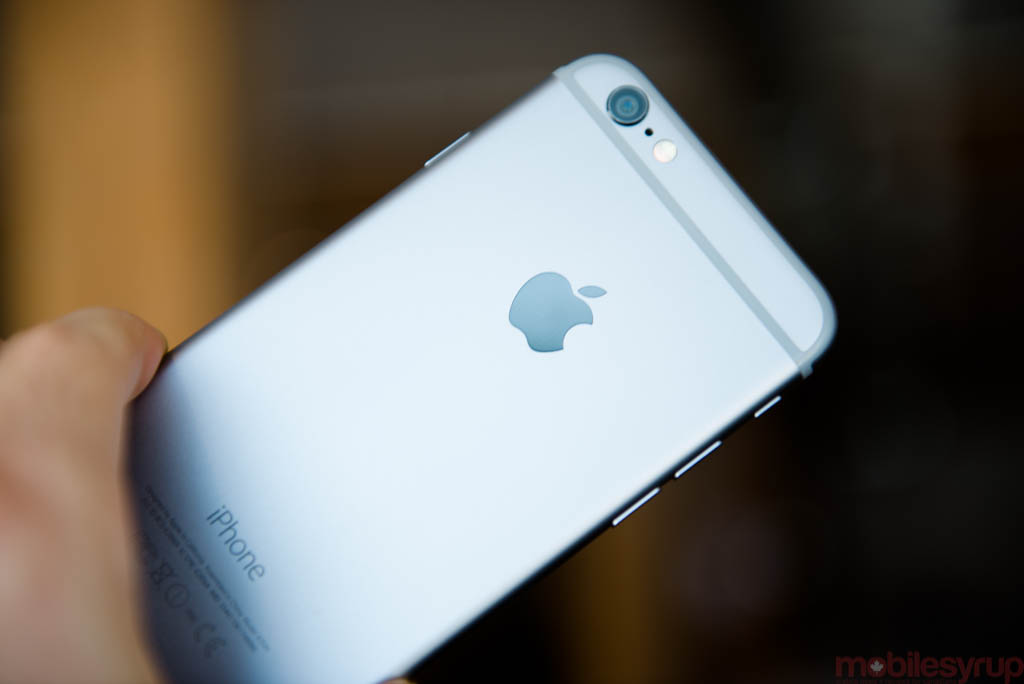
iPhone 6
My favourite phone of the year was the iPhone 6, a phone that reinforced the advantages of a company owning the entire stack, from chips to hardware to software.
Apple managed to improve every aspect of the iPhone, enlarging the device, improving the screen, battery and camera without alienating its core user base. Not only does the iPhone 6 feel like an exceptionally well-made product, the extra screen real estate closed that critical gap between the iPhone and larger Android devices.
The iPhone continues to differentiate itself in my eyes for two main reasons: the quality of the applications available on the App Store; and the consistent output of the camera. I use a lot of apps, and take a lot of photos, and while the best Android devices offer both, Apple’s community of engineers and developers generally offer a more fulfilling experience.
With iOS 8 filling tangible, meaningful gaps in the mobile software experience, and Continuity enabling the device to work better with iPads and Macs, iPhone users will have few regrets upgrading to this year’s model.
Honourable mention: iPhone 6 Plus. It’s a larger, more unwieldy version of the iPhone 6, and its advantages — a larger, high-resolution screen; bigger battery; optical image stabilization — don’t make up for the fact that it’s uncomfortably wide, and uncommonly expensive.
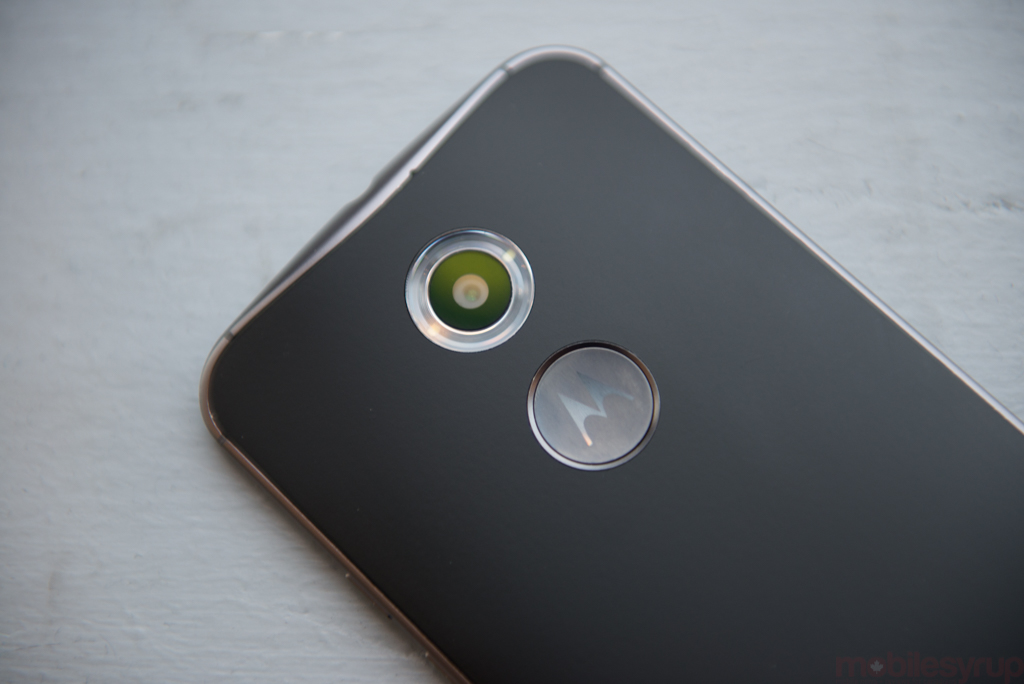
Moto X
Once again, my favourite Android phone of the year was the Moto X. The second-generation version of the device doesn’t fix every problem from last year’s model, but the clean, near-stock version of KitKat, coupled with significant hardware improvements results in a near-perfect Android experience.
I’ve had a chance to use the Moto X with Android 5.0 Lollipop, and can’t wait until current owners have the opportunity to do so, too. Google has a hit on its hand with Android L and Material Design, a combination of cunning engineering and keen design that coalesces into the best Android has ever looked, and performed.
Honourable Mention: Nexus 6. A larger version of the Moto X, it, like the iPhone 6 Plus, trips over its size. Updates directly from Google — it runs Lollipop, a big update that few phones currently have — and a slightly improved camera are pluses, but at $749 this year’s Nexus loses that low-cost flagship appeal of the Nexus 5.

HTC One M8
HTC proved this year that despite flagging sales it still has plenty of love left to give. With a core focus on making the best smartphone in the world, the One M8 proved a satisfying, if controversial, sequel to the popular One M7.
Made from a beautifully-machined piece of aluminum, the One M8 lacked only in one area: its camera. But the company’s commitment to improving its software — HTC Sense went from good to great in 2014 — this year’s One has a lot going for it.
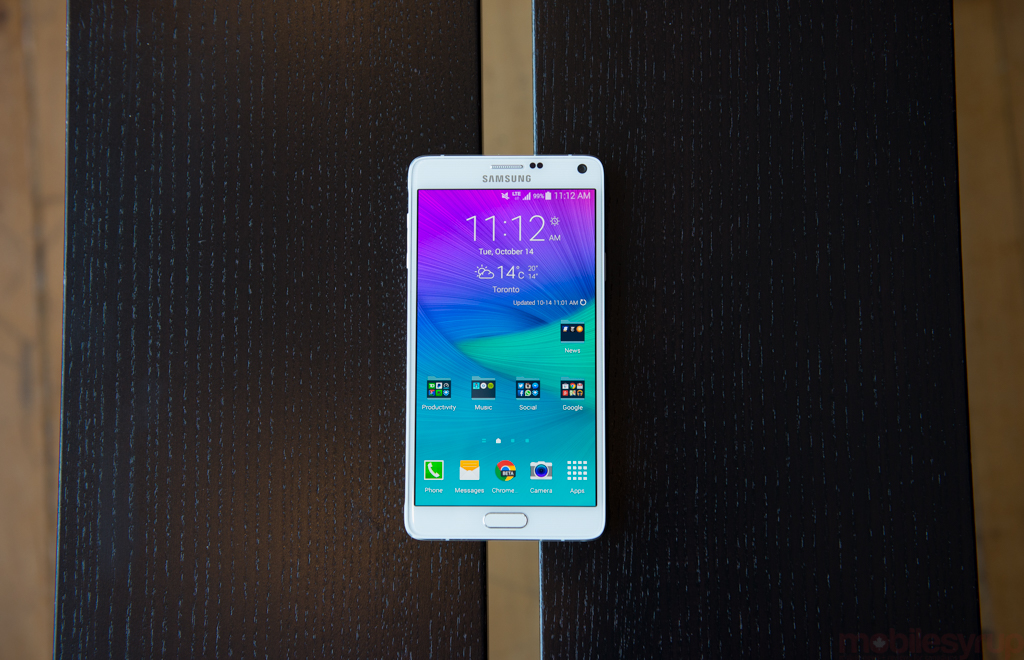
Samsung Galaxy Note 4 / Galaxy Note Edge
The Galaxy Note 4 and Galaxy Note Edge are two sides of the same coin, the first representing a more mature, design-focused Samsung and the latter a more playful, experimental and innovative side of the company. Both are enormous wins for the company that has seen its share of negative press this year.
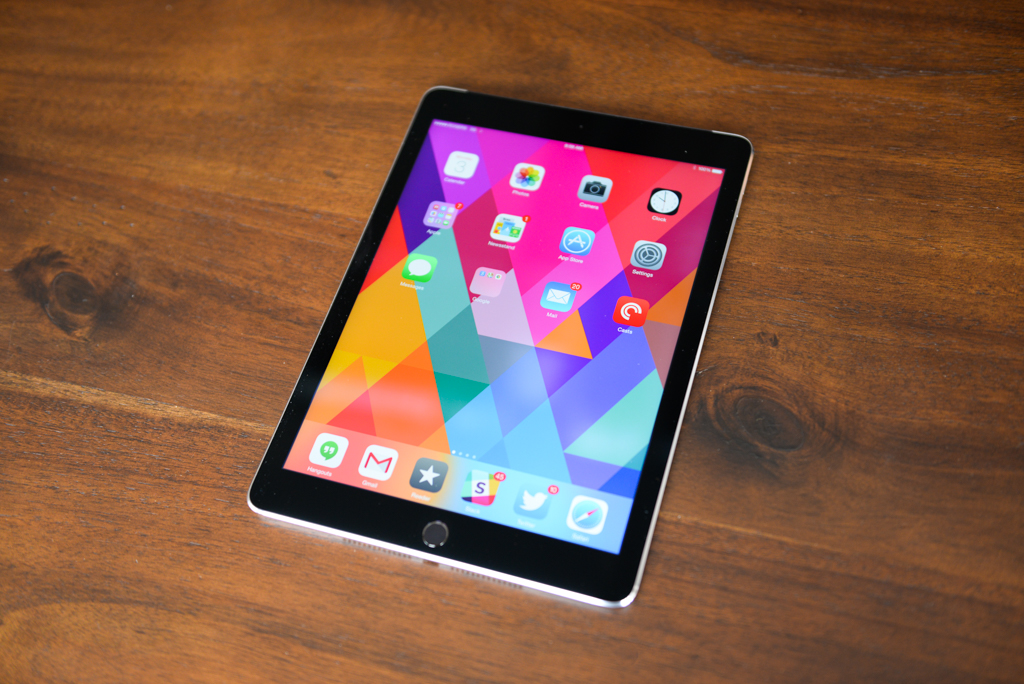
iPad Air 2
Apple’s keynote failed to highlight how just much improved the iPad Air is from its predecessor. Thinner and lighter, yes, but the real advantages are under the hood: a tri-core A8 chip and 2GB of RAM finally brings Apple’s tablet into the realm of true laptop replacement.
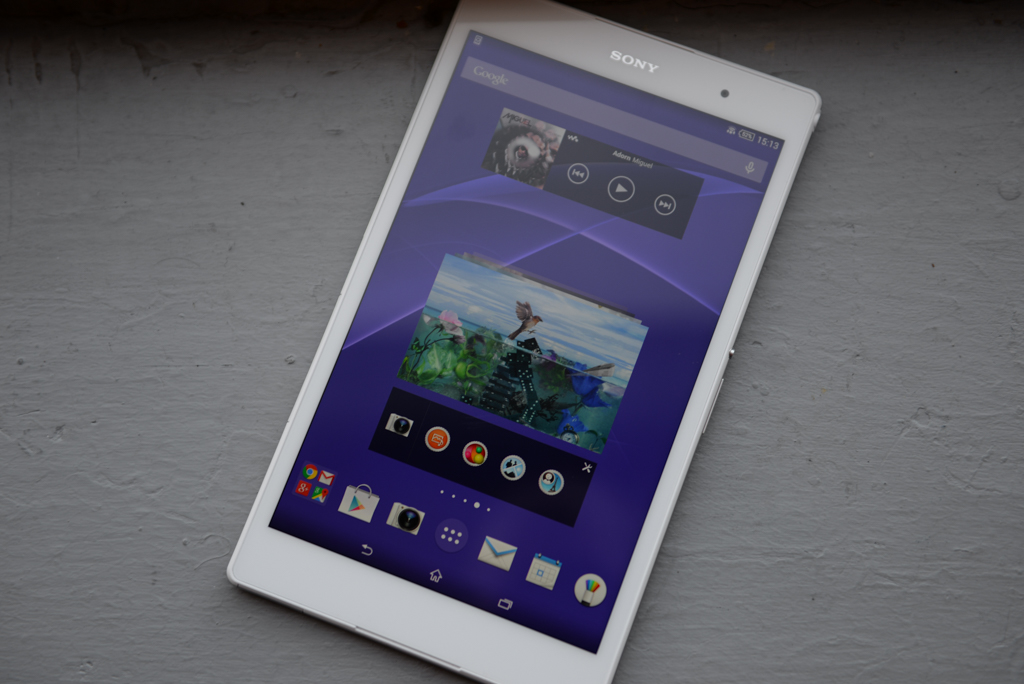
Sony Xperia Z3 Tablet Compact
A surprise in many ways, Sony’s most recent tablet is the best non-Apple tablet currently available, and my favourite of the year. It’s thin, light, well-made and really fast, and the 8-inch display is perfect for media consumption.
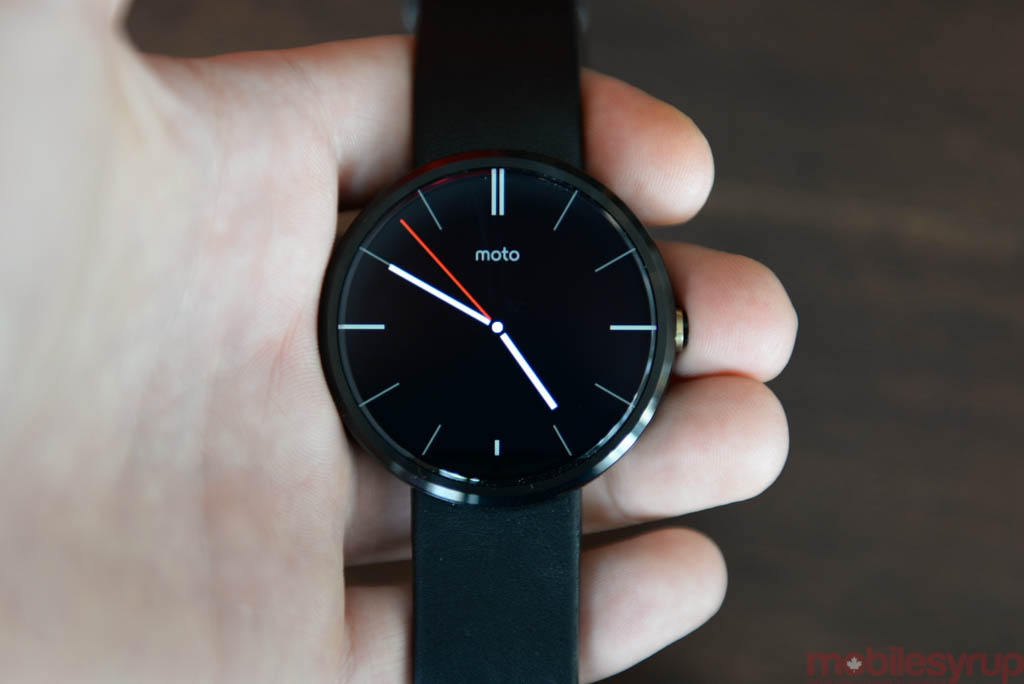
Moto 360
My favourite Android Wear watch may not have the best display or the longest battery life, but Motorola took care to design a watch before a gadget, and it shows.
With Android Wear 5.0, I’m no longer frustrated by the notification experience, and official third-party watch faces make using the Moto 360 fun and rewarding.
Apps, Games & Services
I couldn’t survive without these apps and services.
Google Maps: Google made big improvements to its mapping service in 2014, opening even more distance between it and Apple Maps. With accurate navigation directions, traffic reports, real-time lane guidance and closure reports, Google Maps is simply unbeatable.
Transit App: A must-have app for navigating urban centres, Montreal-built Transit App continues to be the gold standard for getting around.
Twitter: I spend entirely too much time on Twitter. It’s my main lifeline to friends, acquaintances, smart people and breaking news.
Instagram: My second most-used social networking app, I derive untold amounts of joy from all the dogs in my feed.
Evernote: My life repository, Evernote hosts my quick thoughts, long notes, visual snippets and recipes. In 2014 it went from meaningful to essential as I began relying on it for syncing all my work across platforms.
Dropbox: Another essential service, the company significantly raised its storage caps this year without sacrificing quality or speed.
Slack: MobileSyrup began using Slack to communicate this year, and our internal email has dropped upwards of 90% as a result. Just a wonderful way to get work done. That it taps into so many services, from Twitter to IFTTT, makes it even more indispensable.
Google Hangouts: My favourite messaging service thanks to reliable sync across devices and platforms. It’s one of the few messaging apps that has a reliable desktop component.
Google Inbox: Google’s reinvention of email wasn’t exactly transformative, but it’s proven itself a worthy successor to Gmail, and a must-download on iOS and Android.
Newsblur: When Google Reader disappeared, I quietly despaired and quickly got to work finding a replacement. While Feedly may have a better interface, Newsblur is fast, and works well on Android and iOS. Plus, its developer, Sam Clay, is as hard-working an indie developer as they come.
Hub: A Toronto-based startup focusing on making it easy to share lists, calendars and messages with the ones you love, it’s simple and it just works.
Todoist: Another service that went from convenient to essential in 2014. Taking over as editor of MobileSyrup meant taking organization and productivity seriously, and the cross-platform nature of the service means always having my to-do lists available anywhere, all the time.
VSCO Cam: My favourite way to take photos on iOS or Android, VSCO Cam is beautiful, powerful and a little bit quirky. Its community of photographers is buoyed by VSCO’s team of curators, who give ample virtual space to budding shutterbugs.
Threes!: My favourite game of the year, and possibly one of the best puzzle games ever, Threes! is so good, so simple, and unfairly addictive.
Authy: The best way to organize two-factor authentication logins, Authy takes what Google’s Authenticator built and makes it easy to use and multi-platform.
SwiftKey: Still suffering growing pains on iOS, SwiftKey came into its own on Android this year, offering both the fastest and most attractive alternative to Google’s native keyboard.
Rdio: Simply the best way to stream music, Rdio is worth twice its $9.99/month fee thanks to a beautiful interface, high-quality audio streams and an amazing social element that Spotify and its ilk lack.
Pocket Casts: The best multi-platform podcatcher, Pocket Casts, from the small Australian team at Shifty Jelly, proves you don’t have to be a huge company to make hugely-satisfying software.
Nuzzel: My favourite new news app of the year, Nuzzel curates shared articles from friends on Twitter and Facebook.
The Guardian: The U.K.’s best independent paper got a huge boost this year thanks to a thoughtful, mobile-first redesign that looks great on any screen.
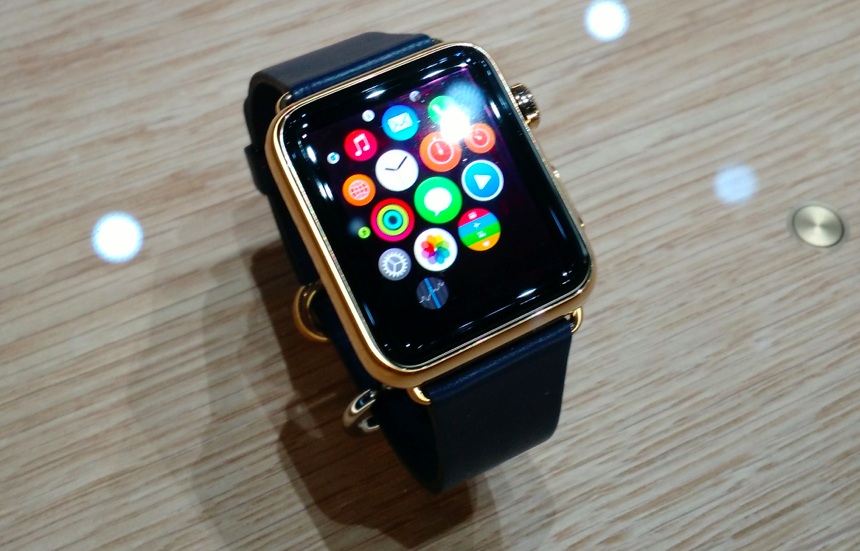
News
Wearables finally took hold
This year will likely be remembered for the year wearables took hold, not necessarily of our wallets but our collective consciousness. With Android Wear, Microsoft Health and Apple Watch, the world’s big names are on board, consolidating many of the functions single-serving bands like Fitbit and Jawbone offered in 2013.
The past 12 months also saw an increasing focus on sensor-based wearables, like OMSignal’s fitness shirt, Thalmic’s Myo, PUSH’s workout band and Nymi’s ECG authentication Band. It doesn’t hurt that many of the best products are coming out of Canada.
And as with any emerging category, there were some real stinkers.
BlackBerry makes a comeback of sorts
It’s trite to say that BlackBerry pulled itself back from the brink this year, but that’s exactly what happened. The company is nowhere near the size of its heyday, but it is also a vastly different organization, leaner and more focused on core enterprises products and services.
The Passport and Classic, while not particularly game-changing, prove that BlackBerry still has the design chops to pull off a successful phone launch, too.
Chinese OEMS can’t be ignored
A year ago, names like Xiaomi, OnePlus, Oppo, ZTE and Huawei were virtually unknowns in the North American market, but through shrewd pricing thanks to a continued race-to-the-bottom of hardware components, devices like the OnePlus One and Xiaomi Mi4 spent the year disrupting incumbents like Samsung, Sony and HTC.
Canadian regulators won’t take three for an answer
Twelve months after the implementation of the Wireless Code of Conduct, mobile plan prices have stabilized and simplified, though not necessarily to consumers’ benefit. With millions of Canadians still on three-year contracts, the CRTC is looking to pave the way for a viable fourth carrier in every Canadian market, ready to pluck those dissatisfied wireless customers away from Big Three.
As the incumbents battled in every area except plan pricing — Rogers with hockey, Shomi and roaming; TELUS with customer service, wearables, IoT and health; Bell with CraveTV, TSN and its other media assets — the CRTC announced it would set aside 60% of the upcoming AWS-3 auction for new entrants.
Despite not getting any 700Mhz spectrum earlier in the year — the best of it was plucked by Rogers, the remaining share by Bell and TELUS — WIND, now with money and out of the grips of its Russian overlords, is primed to launch an LTE network with bargain-basement AWS-3 spectrum.
Videotron, ever-threatening to launch a national network, needs only to purchase the decaying carcass of Mobilicity to ensure it, too, has the means of launching something outside of Quebec — it bought enough 700Mhz to make it happen, either way — but the Quebecor-owned subsidiary is waiting for the CRTC to regulate domestic roaming rates.
Mobile payments threaten to stop disappointing
The past 12 months saw the financial institutions continue to hem and haw over their proprietary mobile payment solutions, with spurts of activity by the carriers.
TD Canada Trust launched what is arguably the most comprehensive cross-carrier mobile payment solution, with RBC, Scotiabank and CIBC not far behind, but both the banks and credit card networks acknowledge that nothing will happen in earnest until Apple Pay launches in Canada.
Smartphones stay boring, but make everything else smart
Smartphones are boring because they’re already so capable. They’re getting bigger and more powerful, yes, but the frantic pace of innovation has slowed to a trickle.
Perhaps more pertinent is that great smartphones are now much cheaper, with devices like the OnePlus One, Huawei Ascend Mate 2 and Moto G proving that $300 is more than enough for a great smartphone experience.
But as smartphones continue to consolidate all connected devices, from wearables to smart lightbulbs, under one proverbial roof, that ‘boring’ combination of plastic, glass and metal is more intelligent — and indispensable — than ever.
Happy new year!
MobileSyrup may earn a commission from purchases made via our links, which helps fund the journalism we provide free on our website. These links do not influence our editorial content. Support us here.



